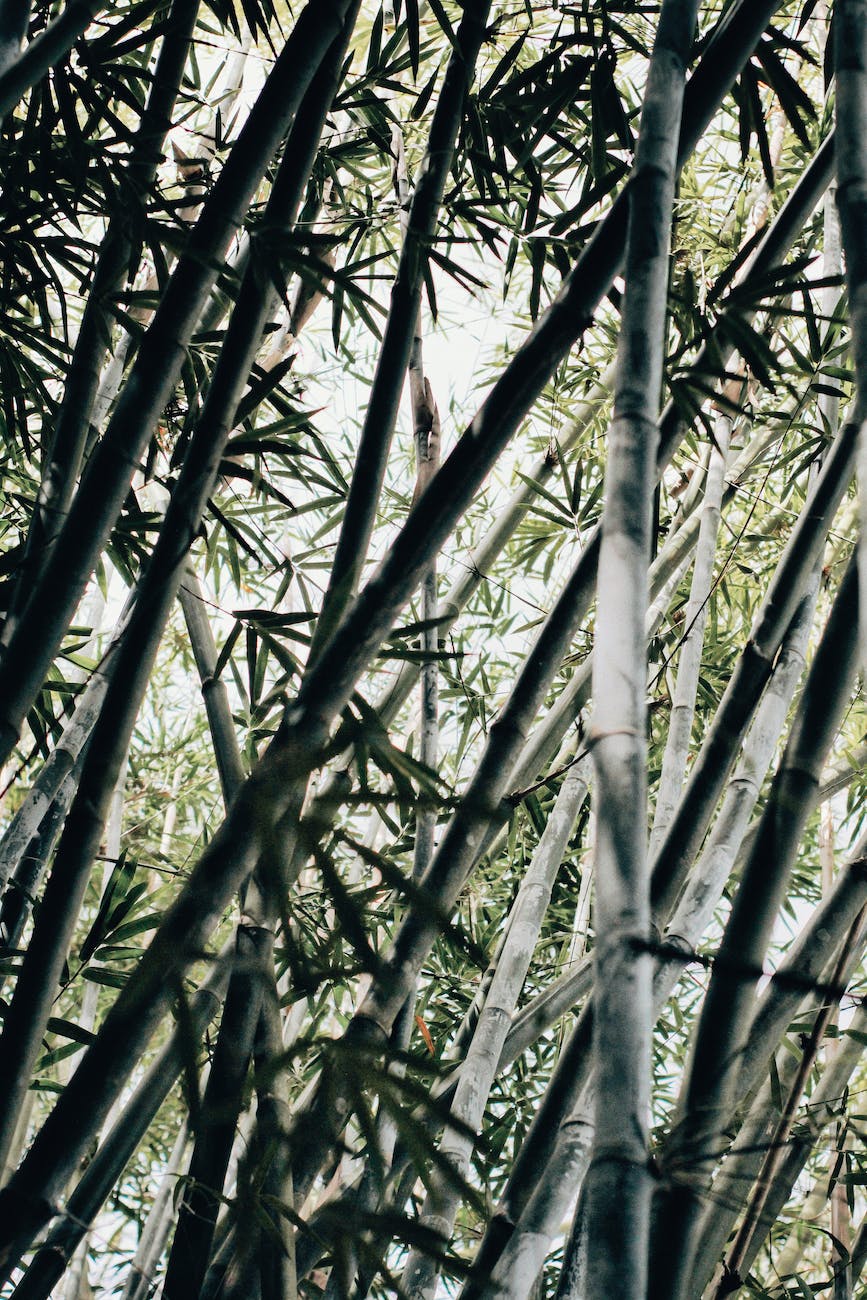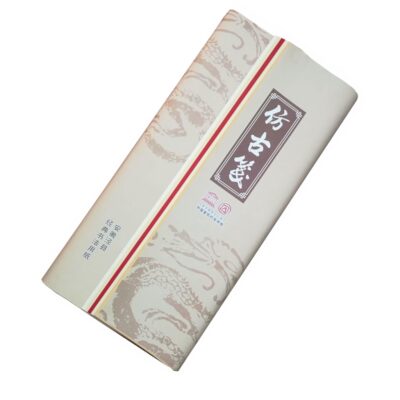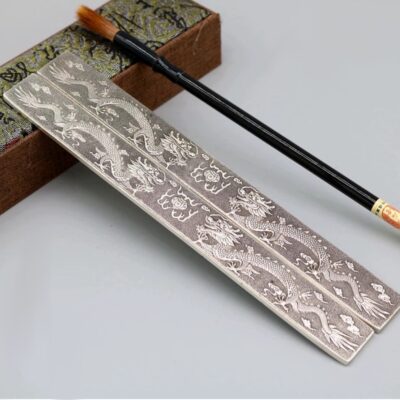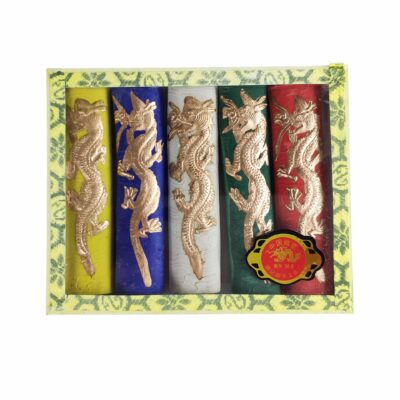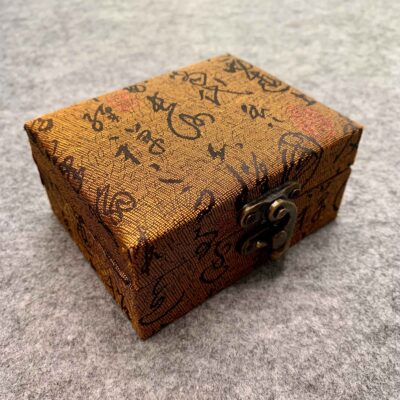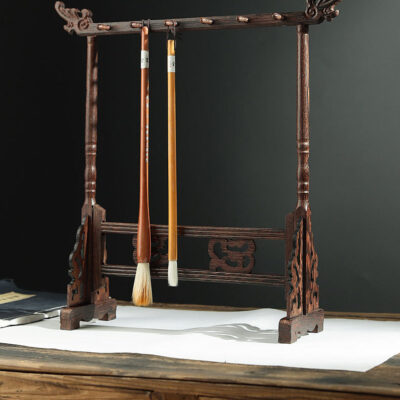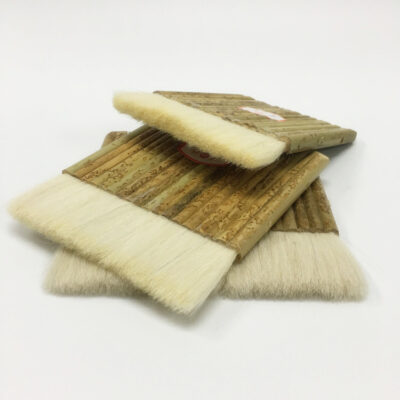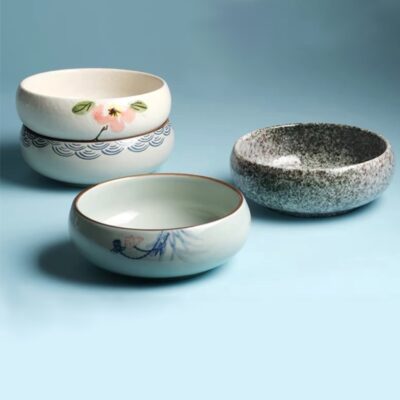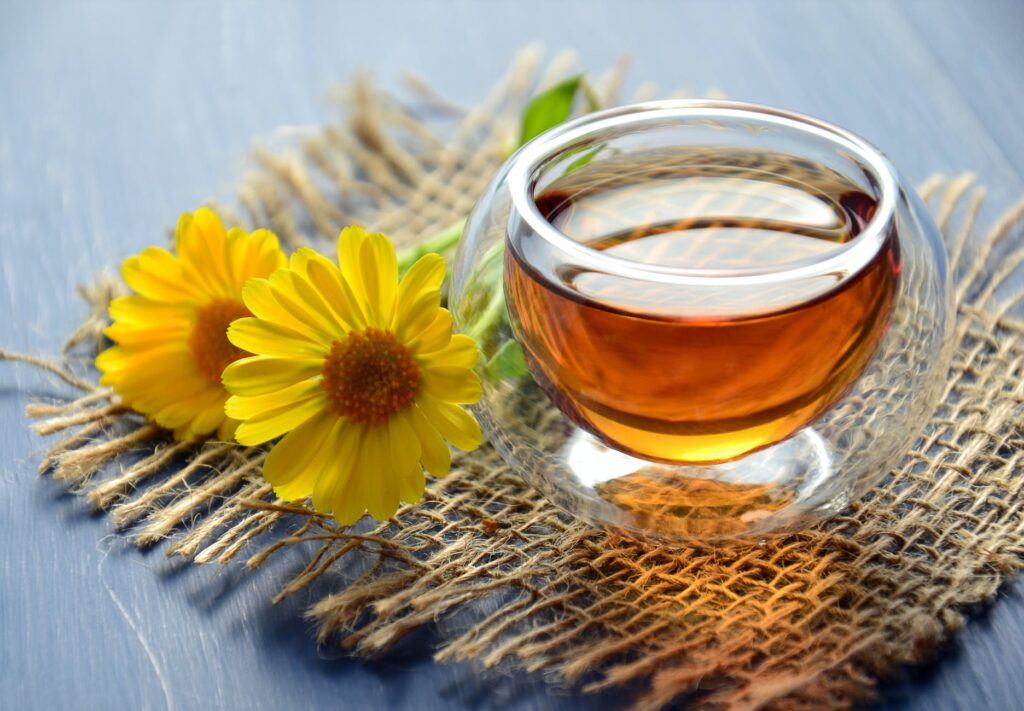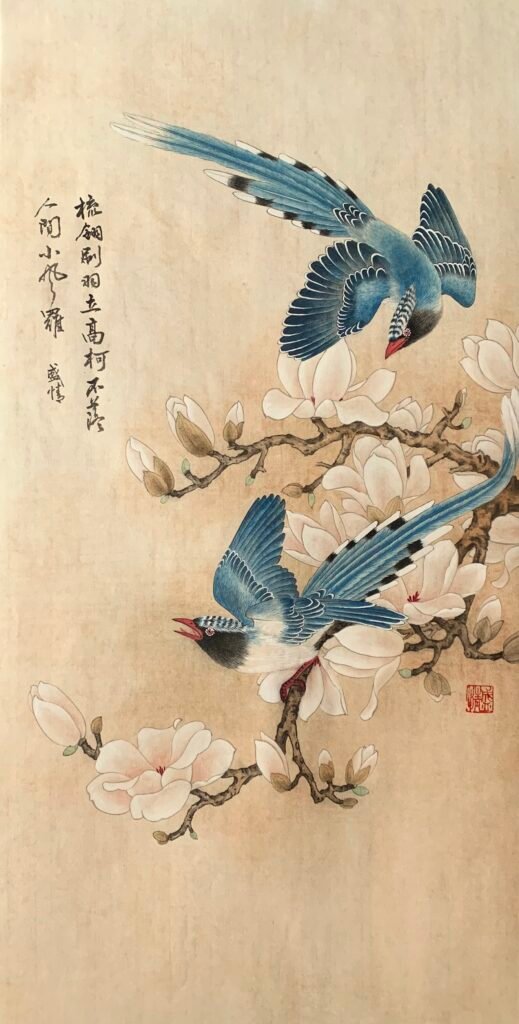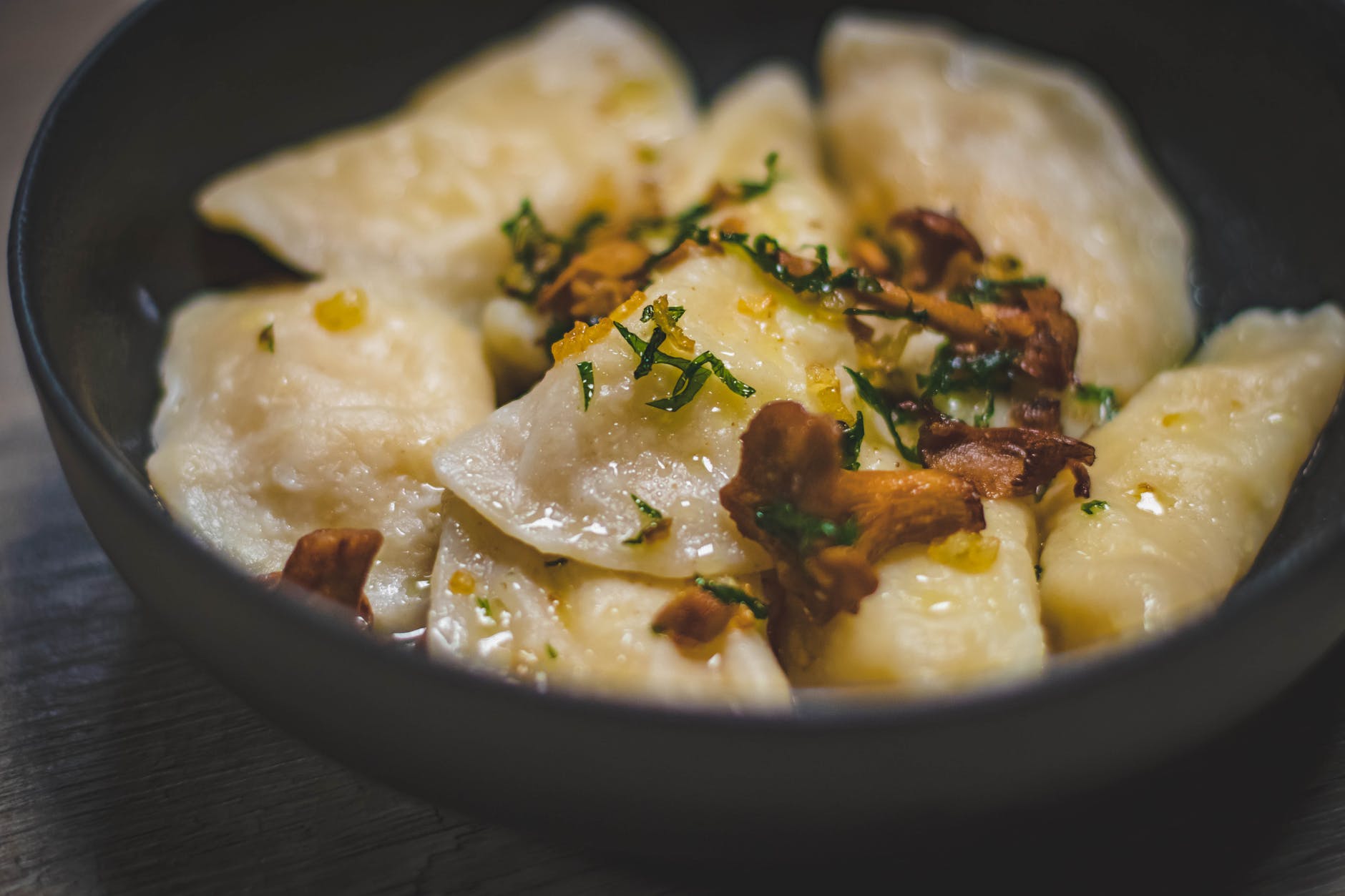A few thoughts about art
I had a rather intriguing discussion from a friend of mine who has been learning the Oriental brush art recently. She found this art style completely healing and essential to the soul, which I fully agree, it is in fact my meditation. Our conversation shifted toward the relationship between the Eastern art styles and the Western ones, and I think it may be interesting to share some of my thoughts with you too regarding this point, because perhaps you will find some pearls buried in the pile of sand.

First of all, I believe that the basis of art forms of the world are shared. It was until we perceived of the cultural differences from East and the West, we started to naturally classifying the art forms into separate styles. Admittedly there are obvious differences amongst art forms, but at the core they are all expressions and descriptions of the world around us. The mediums that were used for the art creation could even be similar, for example, oil painting was used in China some 2000 years ago, much earlier than the use of ink. Obviously those ancient oil paintings and the oil painting of today are not the same, but the tradition of using oil based color to paint on silk or wood has long existed in the East, and therefore the clear separation between the Eastern and Western styles may not be as clear as we imaged. The image below consists of one of the earliest oil paintings discovered in China, this one in particular has been around for about 2400 years.
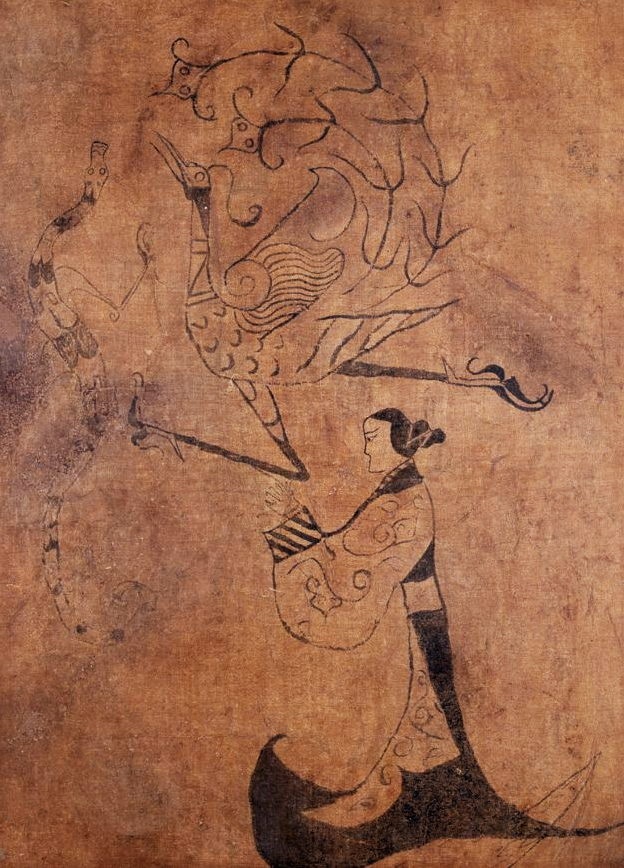
The overtake of the ink and water painting was more of a choice made by the literati scholars in the later periods, because these people had a need to “stand out”, to show to the others that they were in fact different, better. The first person to start the trend may have been Wang Wei, a Tang Dynasty poet. In this style of painting the artists avoid the social reality, and the artworks usually focus on the expression and the emotions. This painting style also detaches from the actual shape and form of objects, using various strokes, the artists strive for a spiritual expression.
In order to make the most of these expressions, there came the techniques and other tools. These scholars at the very core were all about how they feel, and the tie between the lines created and their soul. This also meant that these people were almost complete supporters of “content over form”, meaning the transmission of their emotions trumped all accurate shapes and colors. The Song Dynasty Gongbi paintings were almost disregarded because they resemble the real world too much, which they actually do not.

Now there is an ongoing debate regarding whether Chinese art students who study paintings should learn the western styles first before picking up their brushes. For the past few decades it has been the requirement that art students start their basic training from the western art. It was the same for me, I started with calligraphy first and then learnt both eastern and western paintings as a child. The sketches and the basics of western painting (such as gouache) were definitely important in my understanding of shapes and form. I find such training important – it is because without such training it becomes “too easy” to make art! If any shape can express our intention, then why bother making these shapes in a special way? Plus, the quest for these artistic expressions developed naturally this way in history, and the content and the form were never really separated.
Therefore I really believe that art forms do not hinder each other, especially when the basics are all sort of shared. The truth is, I think the better we get at one style, the easier it is to take on anther. So the relationship between the Eastern and the Western art is simple, they are the same in essence, and they serve the same purpose.
Our Courses
-
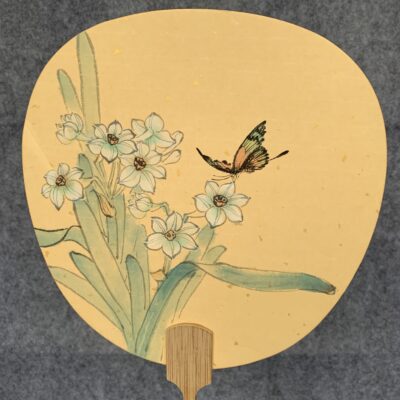 Daffodil & Butterfly Fan Painting Course
Daffodil & Butterfly Fan Painting Course -
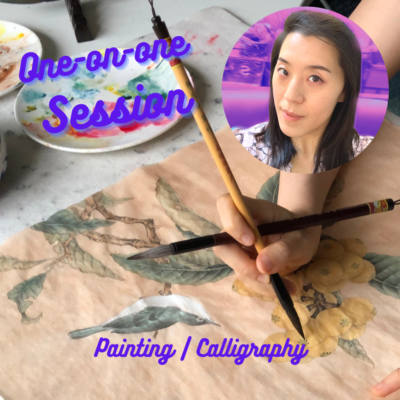 One-on-one Sessions
One-on-one Sessions -
 Panda Ninja Ink Art Club
Panda Ninja Ink Art Club -
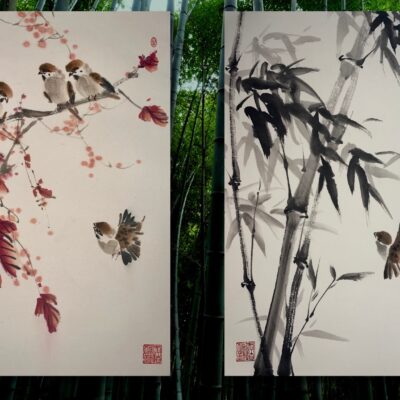 Relax With Chinese Painting – Bamboo & Sparrow
Relax With Chinese Painting – Bamboo & Sparrow -
 Relax With Chinese Painting – Cat
Relax With Chinese Painting – Cat -
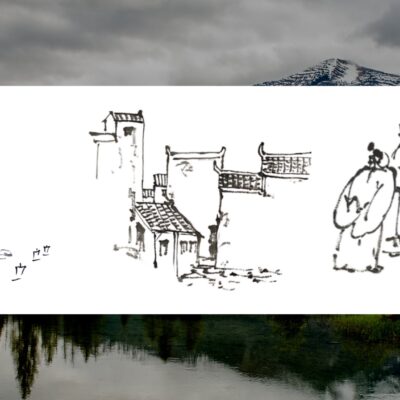 Relax With Chinese Painting – Landscape Scenery
Relax With Chinese Painting – Landscape Scenery -
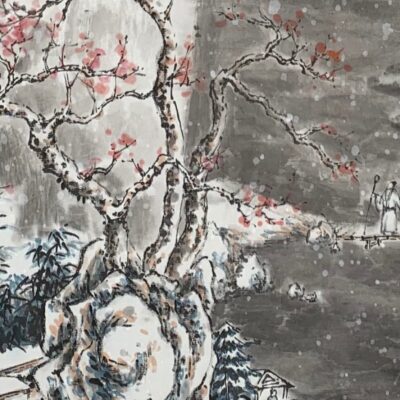 Relax With Chinese Painting – Snow Landscape
Relax With Chinese Painting – Snow Landscape -
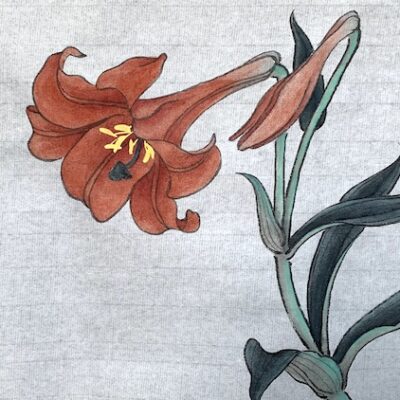 Relax With Chinese Painting – Introduction & Lily Flower
Relax With Chinese Painting – Introduction & Lily Flower -
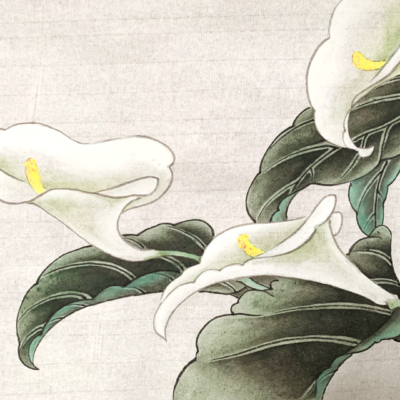 Relax With Chinese Painting – Calla Lily
Relax With Chinese Painting – Calla Lily -
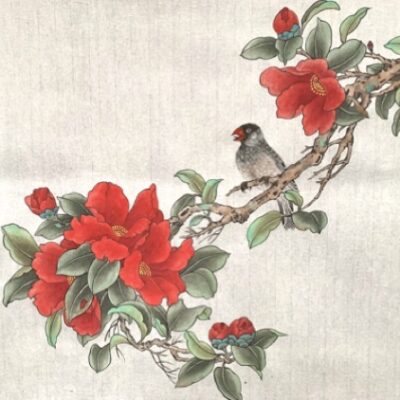 Relax With Chinese Painting – Camellia Flower and Bird
Relax With Chinese Painting – Camellia Flower and Bird -
 Relax With Chinese Painting – Fish
Relax With Chinese Painting – Fish -
 Relax With Chinese Painting – Grapes and Bees
Relax With Chinese Painting – Grapes and Bees -
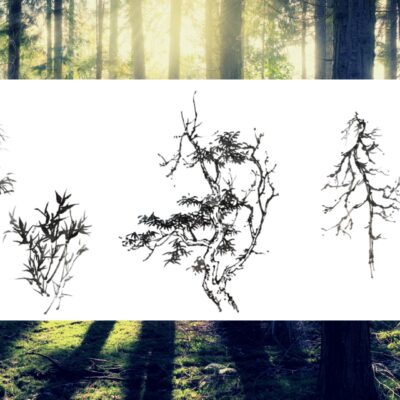 Relax With Chinese Painting – Landscape Tree Painting
Relax With Chinese Painting – Landscape Tree Painting -
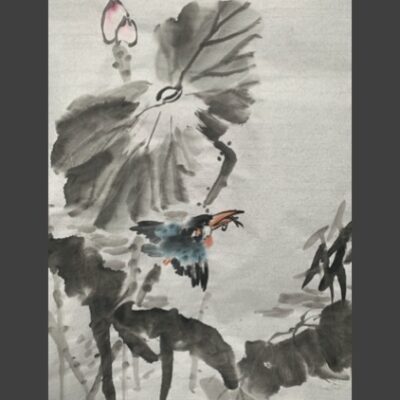 Relax With Chinese Painting – Lotus Flower & Kingfisher
Relax With Chinese Painting – Lotus Flower & Kingfisher -
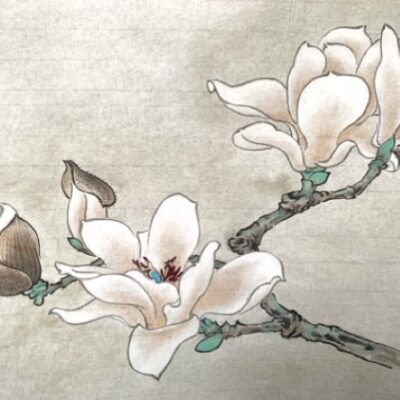 Relax With Chinese Painting – Magnolia Flower
Relax With Chinese Painting – Magnolia Flower -
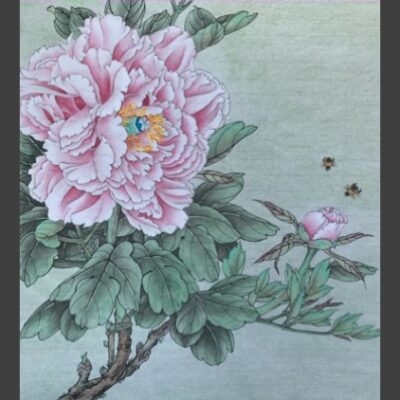 Relax With Chinese Painting – Peony Flower and Bees
Relax With Chinese Painting – Peony Flower and Bees
Buy Artworks | Learn Brush Painting | Learn Chinese Calligraphy
A few thoughts about art Read More »




